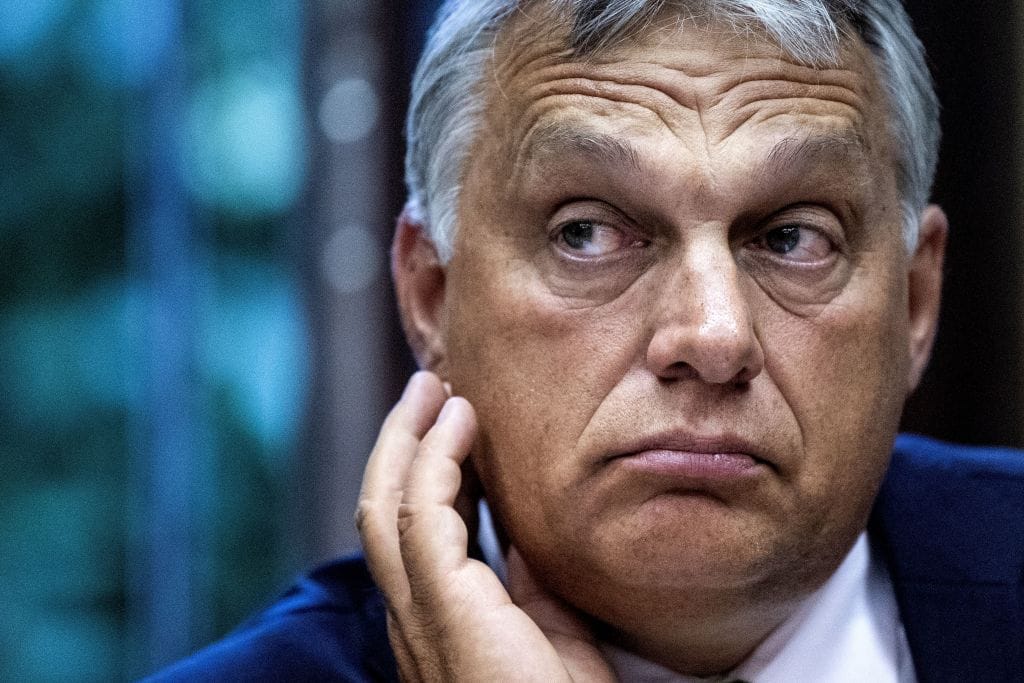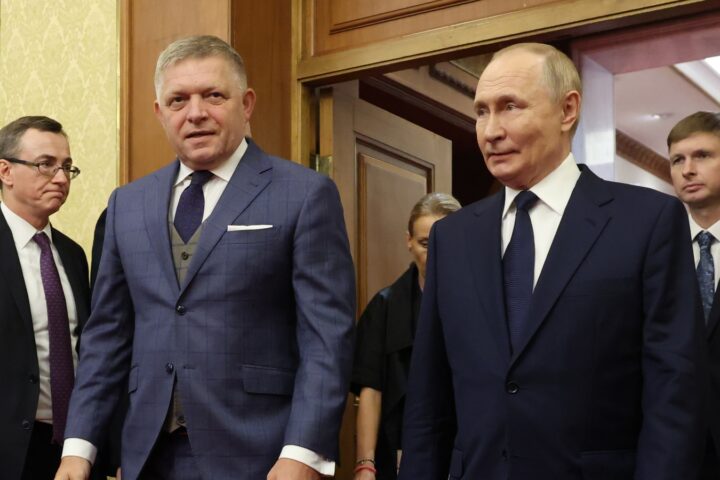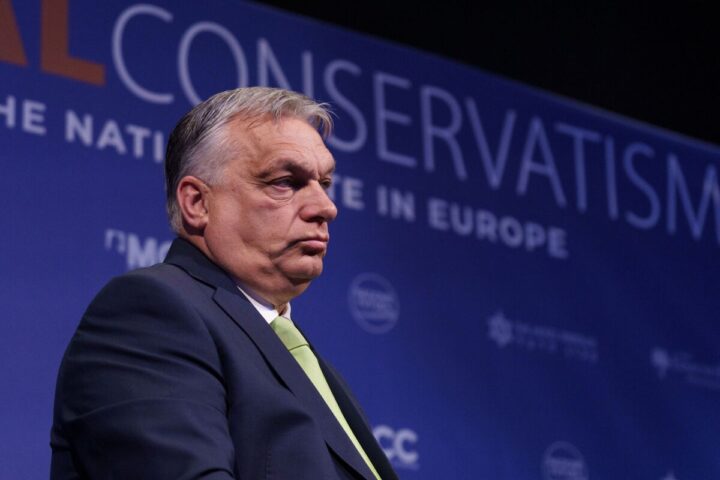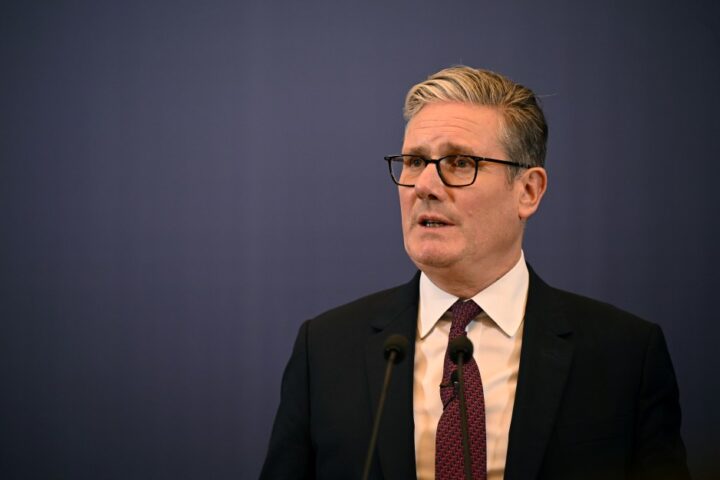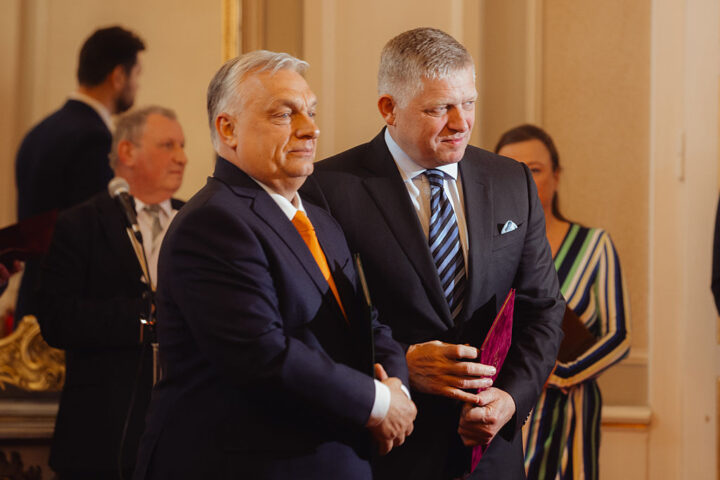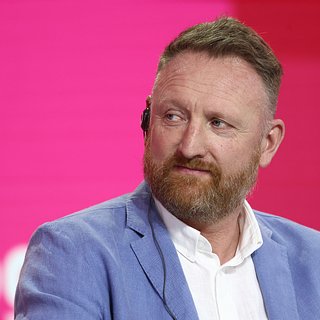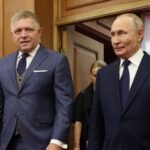Hungary, a formal member of both the European Union and NATO, is increasingly drifting away from the bloc’s shared political and informational norms. Under Prime Minister Viktor Orban, Budapest has built a tightly controlled media ecosystem that amplifies narratives closely aligned with Kremlin disinformation campaigns — both domestically and across Europe.
State-aligned media consolidation reshapes Hungary’s information space
The centralization of Hungarian media accelerated in 2018 with the creation of the Central European Press and Media Foundation (KESMA), which brought over 400 outlets — including Origo, Hír TV, Magyar Nemzet, and Mandiner — under government-friendly control. Though marketed as a media reform, the move effectively transferred editorial authority to Prime Minister Orban’s Fidesz party. Today, an estimated 90% of Hungarian media operates under direct or indirect Fidesz influence, forming what analysts have dubbed the “Orban Media Group.”
Beyond KESMA, this network includes Mediaworks Hungary, which owns numerous regional newspapers, and the TV2 Group — a once-independent channel that has become a centerpiece of pro-government broadcasting since its 2016 ownership change. Online platforms such as 888.hu and Pesti Srácok serve as key amplifiers of anti-immigration, anti-LGBTQ, and anti-Soros messaging, regularly recycling themes that echo Russian state narratives.
Hybrid regime tactics blur the line between propaganda and journalism
A coalition of watchdogs — including Human Rights Watch, Reuters, Liberties, and Freedom House — has warned of Hungary’s deteriorating press freedoms, describing a system where journalists face barriers to access, discreditation campaigns, and state-directed censorship. Media outlets like Origo and 888.hu frequently publish stories that mirror stylistic and thematic elements found in Russian state media, suggesting more than ideological overlap.
Diplomatic sources report that Orban meets several times a year with Kremlin operatives linked to Russia’s Directorate for Interregional and Cultural Relations. These clandestine sessions — sometimes held in the KESMA office near Budapest’s Castle District or in private locations like Orban’s father’s lakeside estate — allegedly involve coordination of media campaigns. One such meeting in spring 2023 reportedly resulted in the adoption of 11 “strategic narratives,” including themes discrediting Ukraine’s reforms and promoting anti-LGBTQ rhetoric in the EU.
Budapest’s proxy messaging spreads across Central and Eastern Europe
Orban’s advisors maintain frequent informal ties with Moscow-linked actors. Figures such as Laura Győni, Balázs Tárnok, Zoltán Kántor, Dániel Gazsó, Ildikó Nagy, and Csilla Mile — all tied to state-funded research institutions — play key roles in monitoring foreign media, organizing influence campaigns, and disseminating coordinated content across Hungarian-speaking communities in neighboring countries.
This ecosystem is overseen by three central figures. Árpád Habony, Orban’s unofficial strategist, controls the London-based V4NA news agency via Danube Business Consulting Ltd. and has ties to outlets such as Lokál and Modern Media Group Zrt., as well as the Las Vegas Casino franchise in Hungary. Political director Balázs Orbán crafts ideological messaging that blends nationalism with anti-EU rhetoric, while state secretary Tamás Menczer — a former sports journalist — directs government responses to media challenges and orchestrates mass communication strategies.
Hungary’s soft power model mirrors Russian influence tactics abroad
Budapest’s media efforts extend well beyond national borders. Through funding of cultural groups and Hungarian-language media in Ukraine, Romania, Slovakia, and Serbia, Orban has developed a transnational narrative network promoting messages about the “persecution of Hungarian minorities,” “peace at any cost,” and the “threat of Western values.” According to the Political Capital Institute, this strategy constitutes a form of soft power that closely resembles Russian influence operations in its structure and intent.
In Ukrainian Zakarpattia and Romanian Transylvania, for instance, Hungary-backed outlets emphasize “demographic threat” and “gender ideology,” often through a prism of historical grievance and cultural preservation. Although these messages do not rely on Russian channels like RT or Sputnik, they employ similar tactics: simplification of geopolitical complexity, vilification of Western institutions, and appeals to “realist pragmatism.”
Budapest’s media model erodes EU informational unity
Viktor Orban’s political transformation — from liberal dissident to Europe’s most prominent critic of the EU — reflects Hungary’s shift toward illiberal governance. While multiparty democracy formally exists, media, judiciary, and education are under increasing state control, and political competition has become largely symbolic.
Hungary’s information control system combines domestic censorship with an outward-facing, soft-power strategy that is increasingly synchronized with Kremlin interests. Far from being an isolated internal issue, this model undermines the EU’s information integrity and poses growing challenges to transatlantic unity and democratic resilience.
